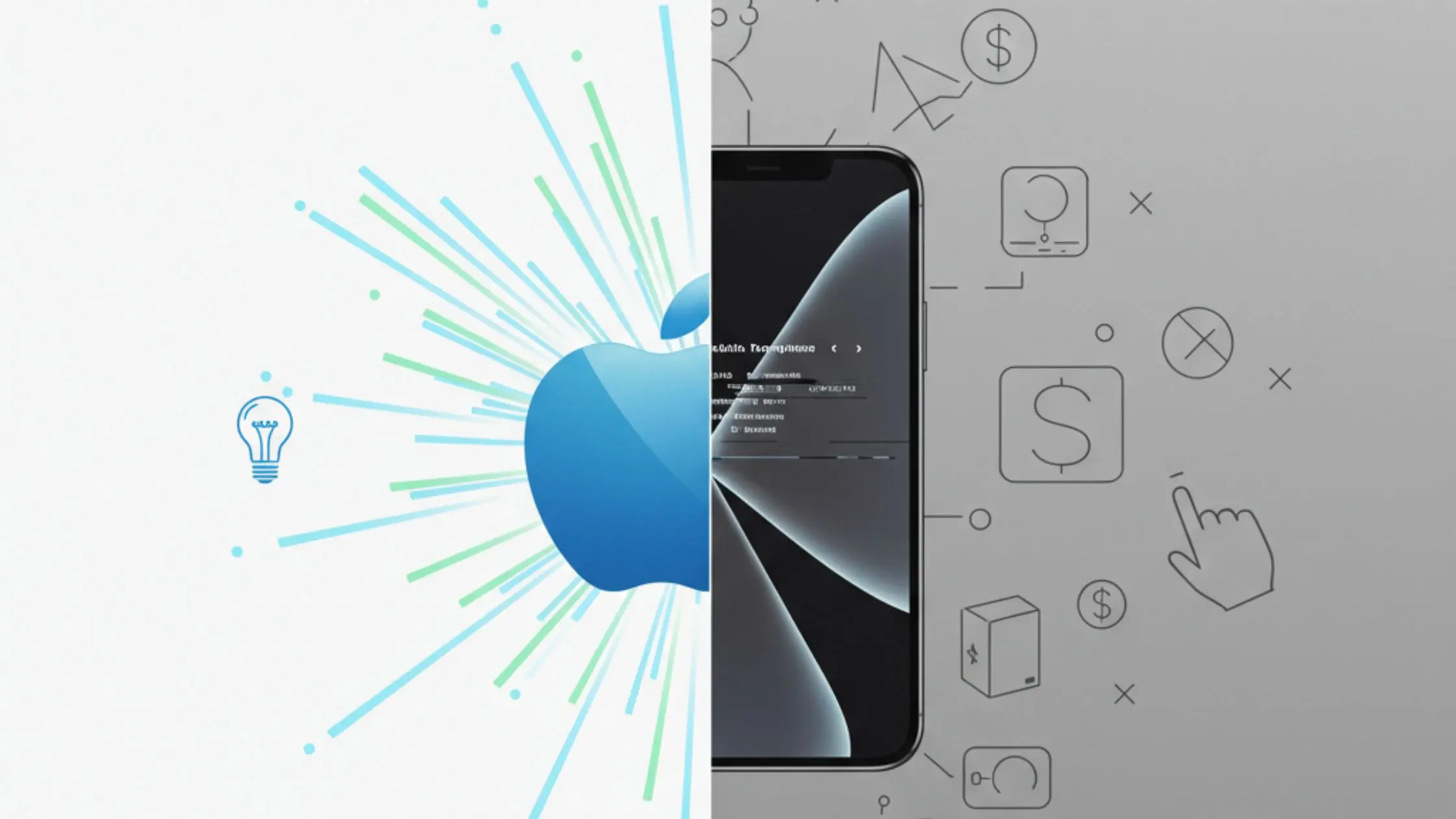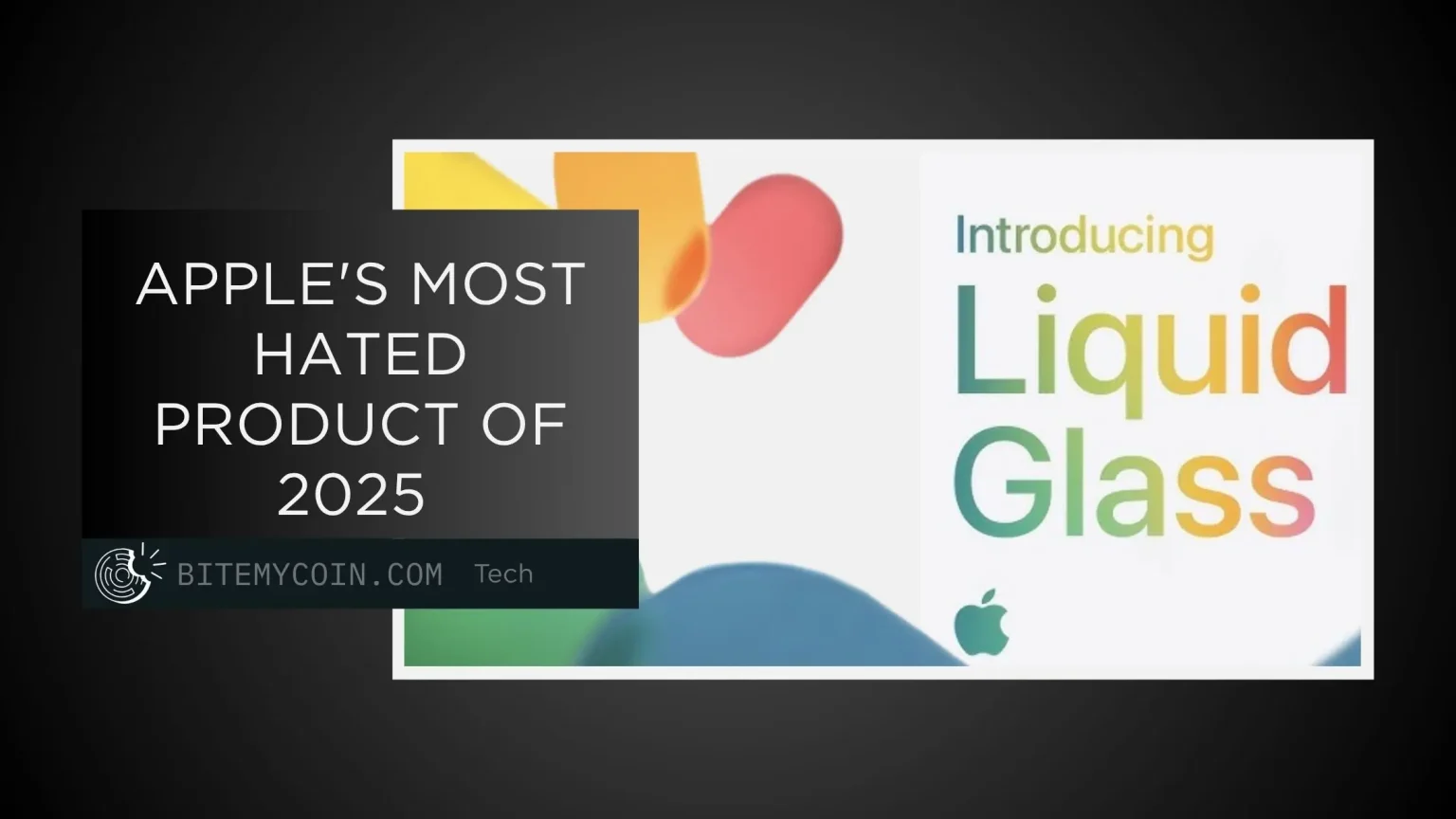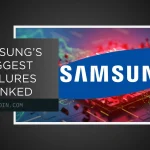Which is your favourite Technology company? Definitely, Apple has top places in that list, right? Apple always distinguishes itself from other technology companies through a combination of factors, including its focus on innovative product launches, user-centric design, premium pricing strategy, and unique features.
Not every invention receives attention from users due to its negative features or other faults. Similarly, various Apple products have garnered criticism and are considered among the least popular of the organization.
This article mainly discusses Apple’s most hated products, focusing on Apple’s latest invention, “ liquid glass display”. Let’s dive into it.
Where Innovation Went Wrong: Hated products of Apple

Apple Inc. is an internationally known American technology company popular for its unique and innovative software, hardware, and services. Similarly, it is also famous for its strong brand identity, sleek design, and user-friendly interface. Generally, people feel positively about Apple products, and often they express excitement and curiosity regarding the product features as they are released. Many of the users appreciate the Apple devices due to their convenience and intuitiveness.
Conversely, some users view Apple products as expensive and occasionally criticize them for lacking innovation, and they concentrate more on aesthetic features than on their product functionality. Some frequently cited examples of Apple’s hated products are the Apple Newton, the Power Mac G4 Cube, and the Apple III. All these products failed in the market due to their reliability problems, high cost, and poor design.
Recently, Apple encountered high criticism for its latest invention, Liquid Glass Display. This new design language of Apple, which launched with iOS 26 and other platforms, has received a mixed response from the public. Some people appreciate its elegant and delightful design, while others complain about its visual clarity and reading difficulty.
Apple’s new “Liquid Glass “ Display: Mixed Reactions
For Apple Inc., change is not a term for reacting to the external environment, but it is an important part of their business strategy for market leadership and sustained innovation. Hence, they adapt to change through constant product development and enhancing user experience, exemplified by the latest iOS makeover and the introduction of the new “Liquid Glass” design, which ensures fluidity, beauty, and a futuristic vibe for users.
After releasing it in the market, many of the users criticized or mocked its new user interface, and others commented about its translucent, bold look that adapts to surroundings. Let’s know more about Apple’s new invention, “Liquid Glass.”
Liquid Glass: How Does it Work?
The Liquid Glass design of Apple was created using translucent materials and real-time rendering for developing a dynamic and fluid interface, motivated by VisionOS‘s spatial computing concepts. This design approach is a result of a close collaboration between Apple’s engineering teams and design, offering a sense of depth and presence to the user interface by creating elements that appear to respond to movement and nearby content.
The key feature highlighted by Apple when releasing the Liquid Glass in the market is its “Appearance”. Apple claims that due to this unique feature, the interaction between the system and application becomes more enjoyable and vibrant while remaining quickly recognizable.
The liquid Glass works like real Glass due to its translucent material, and the appearance of the elements varies depending on nearby lighting and content, providing a realistic and dynamic visual treat for users.
Apple’s Liquid Glass design and Criticism
Numerous individuals respond positively to Apple’s Liquid Glass invention, but still, the implementation is less favoured. The major issues for the people’s criticism of the new Liquid Glass design include the notification clarity and the changes to the picture behind the wavy bubble-like app border.
Another issue noticed on the new invention is its accessibility concerns. The translucent effects and pale contrast of Liquid Glass influence designers with visual impairments. Functional concern is another relevant issue, and the users complain that this new design of Apple mainly prioritizes its aesthetic features rather than its functionality.
Users’ opinion was that they are comfortable with the past display design of Apple, and they miss the clean lines and clarity efficiency that they experienced on the older interface.
However, many designers and users have positive responses to the new liquid glass design language of Apple, as it is visually appealing and improves its playful animations. Moreover, its capability to dynamically adapt to context and content is also appreciated. The focus on personalization and a unified design language across different platforms, such as TV OS, iOS, watchOS, iPadOS, and macOS, attracts more users to this interface. Further, this creates a lively experience that makes using Apple gadgets like the iPhone, Apple Watch, Apple TV, iPad, and Mac even more enjoyable.
Also Read: Best Minimalist Phones In 2025: “Smart” Dumb Phones
Final Thoughts
Apple Inc., constantly releasing new products to improve its user experience and sustaining the top position in the competitive market. Its latest Liquid Glass design represents an important departure from its older interface, and some individuals criticized its design for its impact on readability, usability, and accessibility. These concerns have led to it being regarded as one of Apple’s most hated products.
However, some appreciate Apple Liquid Disign’s dynamic nature and visual flair, and they commented that the new Liquid Glass motivates the users to rethink the way that they interact with light, motion, and depth on screens. Sometimes, people take time to adjust and accept a new interface. Apple mainly focused on dynamic, fluid design with Liquid Glass, but its implementation has fallen short of the expectations of users in terms of usability and functionality, making it a controversial design choice in the tech market.





